The Institute of Engineering Physics of Samarkand State University is hosting the 1st International Conference “Advanced Materials of Typical Sizes” (ICLODAM-24).
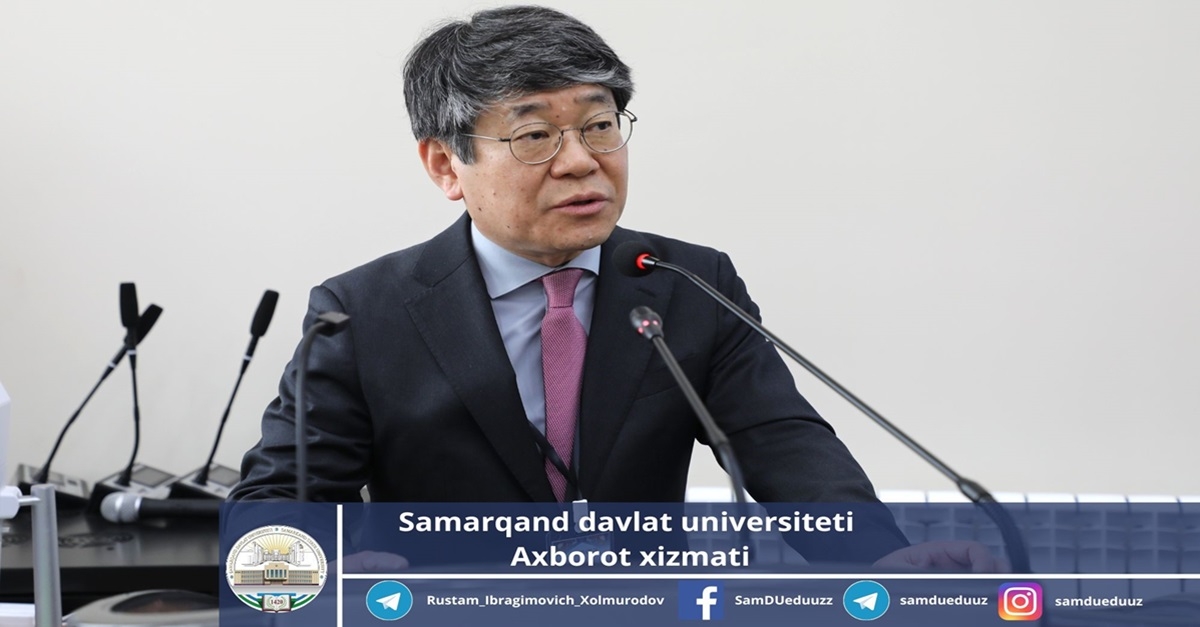
Vice-Rector for Research and Innovation of Samarkand State University Hakim Khushvaktov opened the prestigious conference with an opening speech and wished success to the conference.
Representatives of more than 10 industries from the USA, South Korea, Germany, Turkey and about 40 scientists of our Republic take part in the event with their lectures.
Anvar Zakhidov, Deputy Director of the Institute of Nanotechnology at the University of Texas at Dallas, Head of the Laboratory of Hybrid Nanophotonics and Optoelectronics at ITMO University, Scientific Director of the Samarkand Quantum Center, and a scientist of the Republic of Uzbekistan took part online.
The purpose of the conference is the further development of scientific research conducted at the Samarkand Quantum Center and cooperation with leading foreign scientific centers. It is also planned to strengthen research work in the laboratory for the synthesis of perovskites and related materials of the Institute of Engineering Physics of Samara State University and discuss the possibilities of their supply to the global materials science market.
Speakers at the conference were Suklyun Hong, Professor of South Korean Sejong University, Director of the Graphene Research Institute, as well as the international research center GRI-TPC (GRDC), President of the Korean Physicists Society (KPS), Professors of Sejong University Chonghwa Ohm and Geun Soo Kim, Professor Keun-Young Kim from the Gwangju Institute of Science and Technology, Professor Lee Sang-wook of Ewha Women's University, Professor Sang-hoon Kim of Chungbuk National University, Professor Bum Sung Kim of the Korea Institute of Industrial Technology, Professor Jae Sik Yoon of the Korea Institute of Basic Sciences; Ralf Heger, professor at Dresden University of Technology, Germany, and Serdar Ozcelik, professor at Izmir Institute of Technology, Turkey, as well as leading scientists of our republic.
Suklyun Hong, President of the Korean Physical Society (KPS):
- Today's conference is held on the basis of a memorandum between the Korean Physical Society and the Council of Physicists of Uzbekistan. This memorandum was signed last year with the Chairman of the Council of Physicists of Uzbekistan, Academician Kadir Gulomov. The main goal of the conference is to consider important and topical issues of world physics and exchange ideas about research in this area. However, the agenda of the conference includes engineering physics, applied physics and other branches of science. I believe that this conference will help strengthen cooperation between the scientific societies of the two countries and many councils engaged in other relevant research. We also want to continue the cooperation and exchange program in the future to support the development of the Korean and Uzbek physics societies. I hope that this relationship will help reach new heights of science in the coming years, bringing together scientists from the two countries and supporting each other.
Serdar Ozcelik, professor at Izmir University of Technology, Turkiye:
- I am glad to take part in the conference that is taking place in Samarkand. I came to this event at the invitation of Professor Anvar Zakhidov. I am both a physicist and a chemist. My research work is related to quantum dots, their properties and synthesis. The conference is held at a high level. We planned to carry out scientific work together with the participants of the event... We are always ready to work together with the Quantum Center in Samarkand. Before the conference, I gave a lecture on the topic “Research of carbon dots (quantum dots) in biomedicine” to professors, researchers and students of Samarkand State University. I am grateful that they showed interest in my lecture.
Ralf Heger, professor at the Technical University of Dresden, Germany:
- I came from Germany to Uzbekistan to participate in an international conference at SamSU and to repair a large solar oven in the Parkent district. In addition, I am working with Uzbek scientists on plans to build solar thermal power plants in the future to smelt metals for the chemical industry. Uzbekistan has enormous potential for economic industrialization thanks to the solar resources existing on its territory. Such structures are planned to be built in the summer months of this year in Samarkand and Navoi regions.
Zavkiddin Mirtoshev, Associate Professor, Institute of Engineering Physics, SamSU:
- Currently, the most promising areas of materials include nanomaterials, photonic crystals, etc. This type of structure is distinguished by the variety of compounds in its composition. Their crystal structure can include almost all elements of the periodic table. Due to this diversity, perovskites have a wide range of practical applications. Currently, solar cells based on perovskite are characterized by low cost, simplicity of technology and high efficiency. Due to the diversity of the chemical composition of perovskites, their properties can be purposefully modified. This expands the scope of their practical application. In particular, it is possible to create a technology for producing qubits for quantum computers based on perovskites. Lectures presented at this symposium will be devoted to such problems and prospects as quantum algorithms and Q-communications, optimization of energy systems and technological processes using quantum algorithms, quantum materials and Q-nanostructures, nanocarbons and quantum sensing of biological systems...
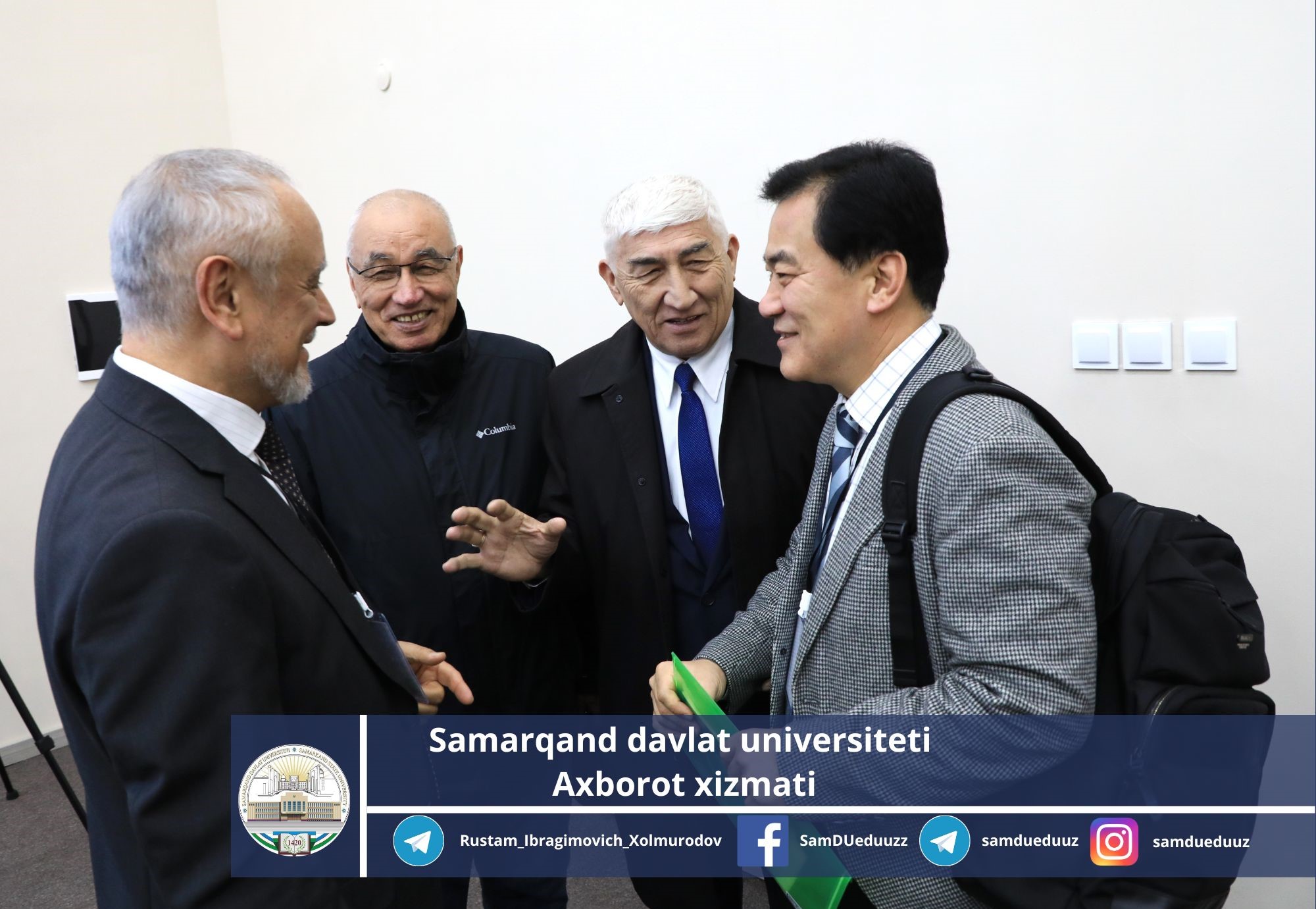
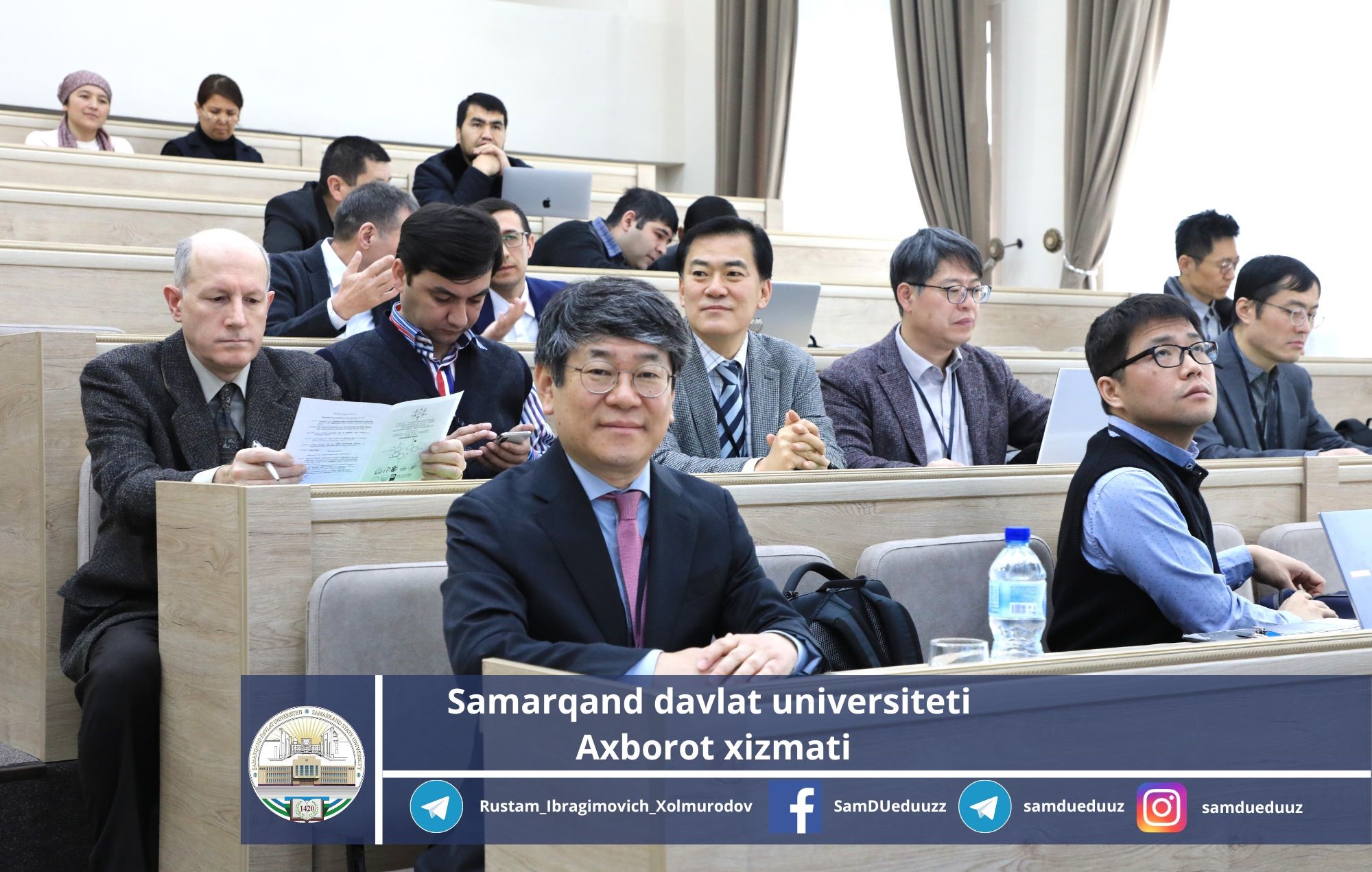
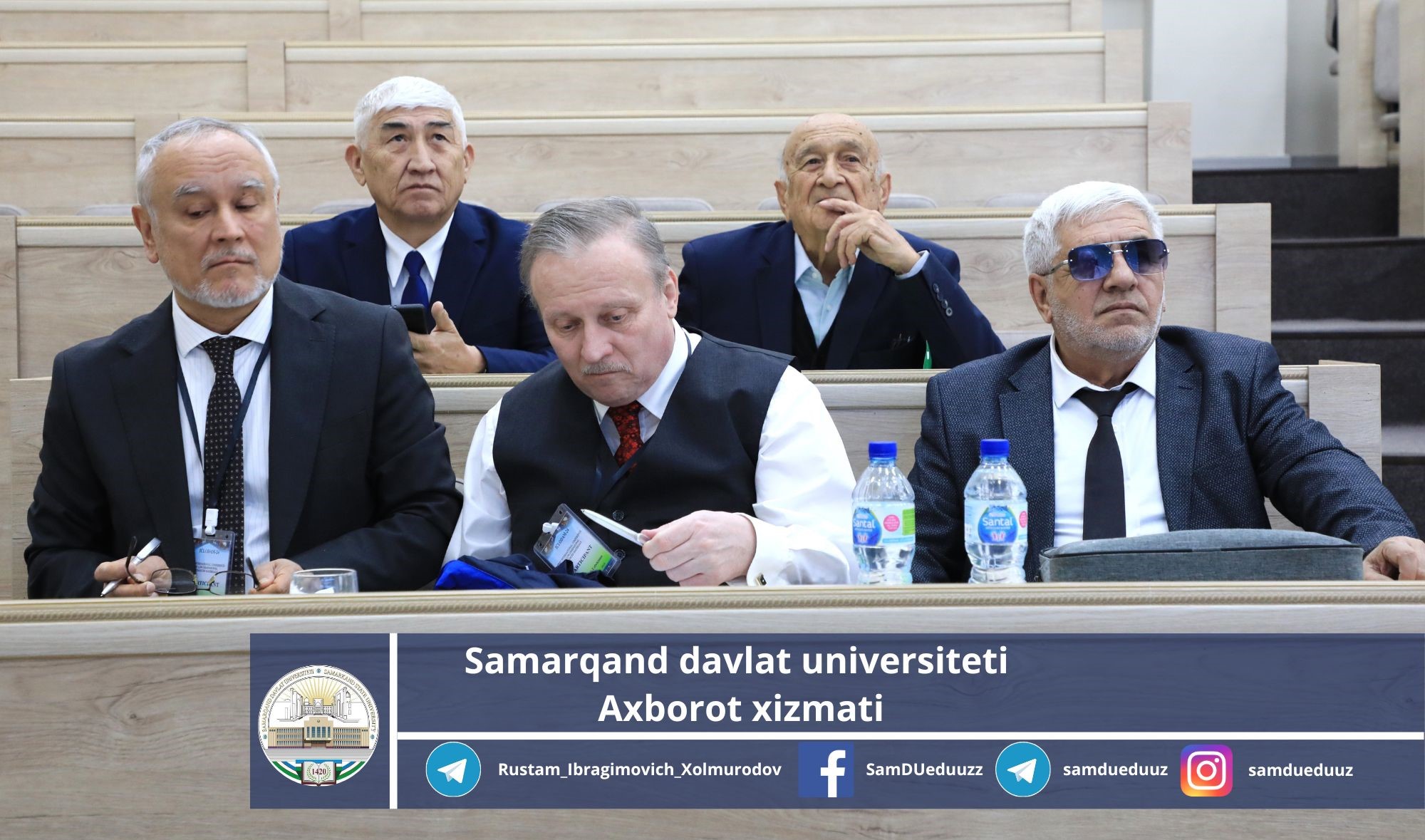
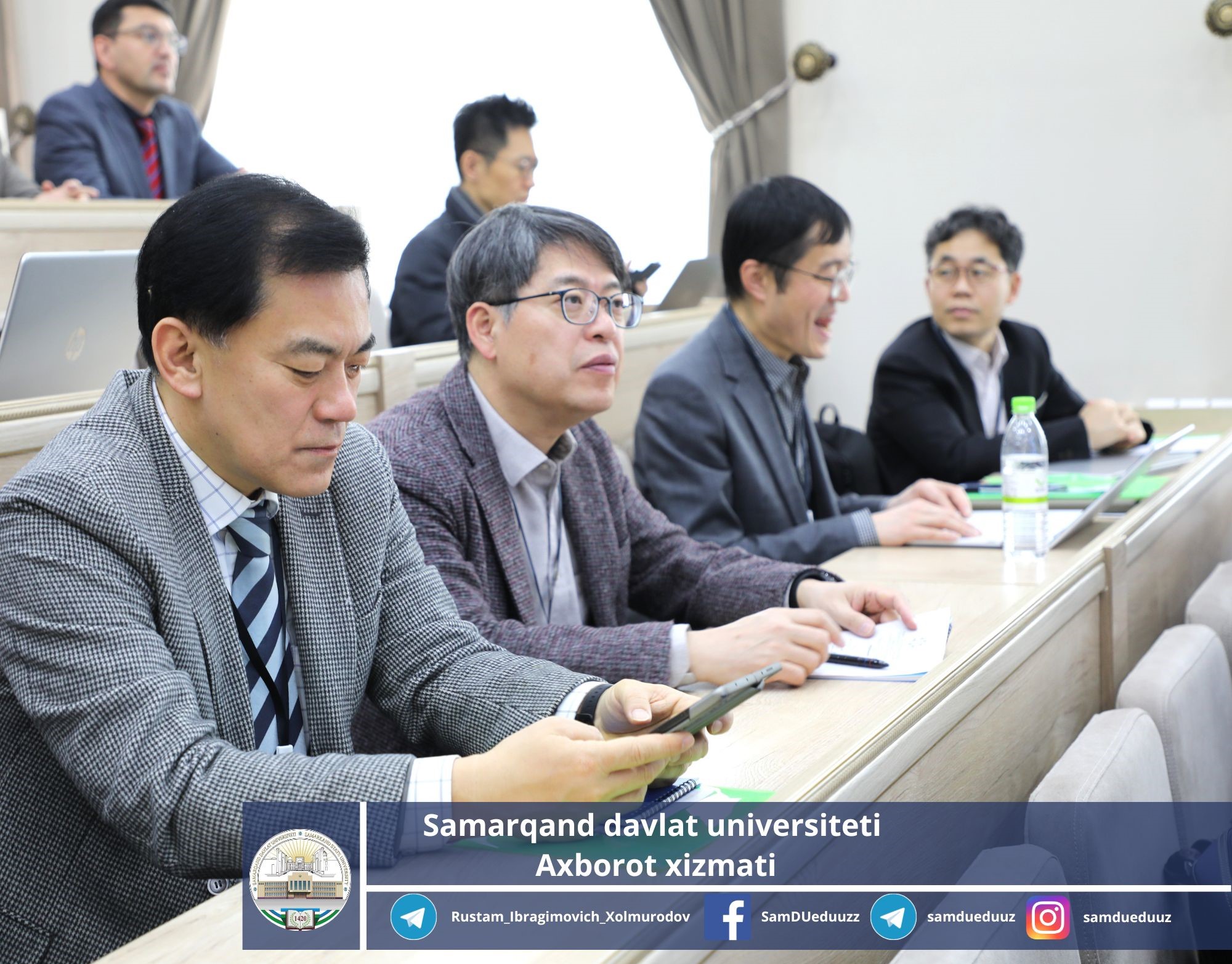
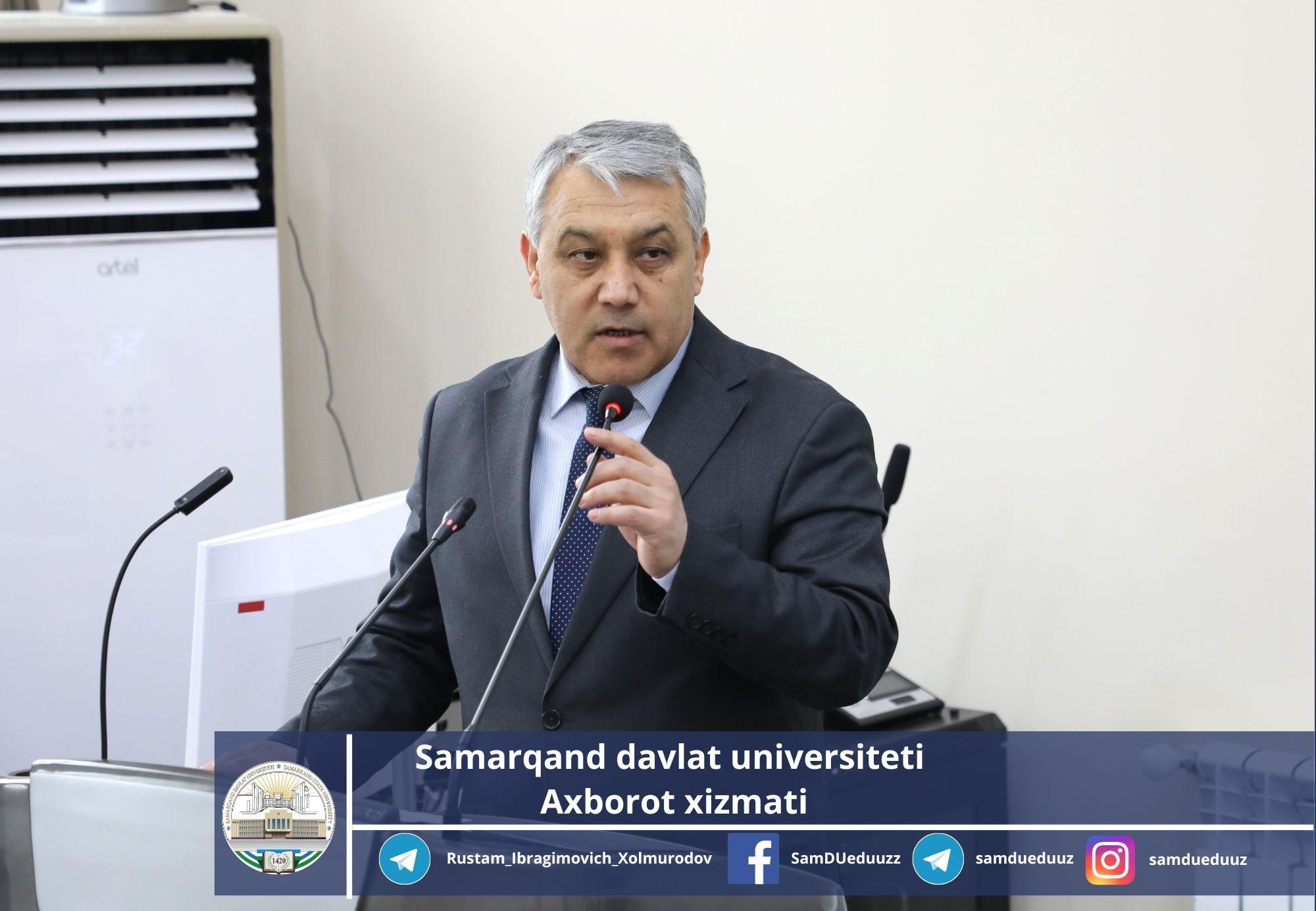
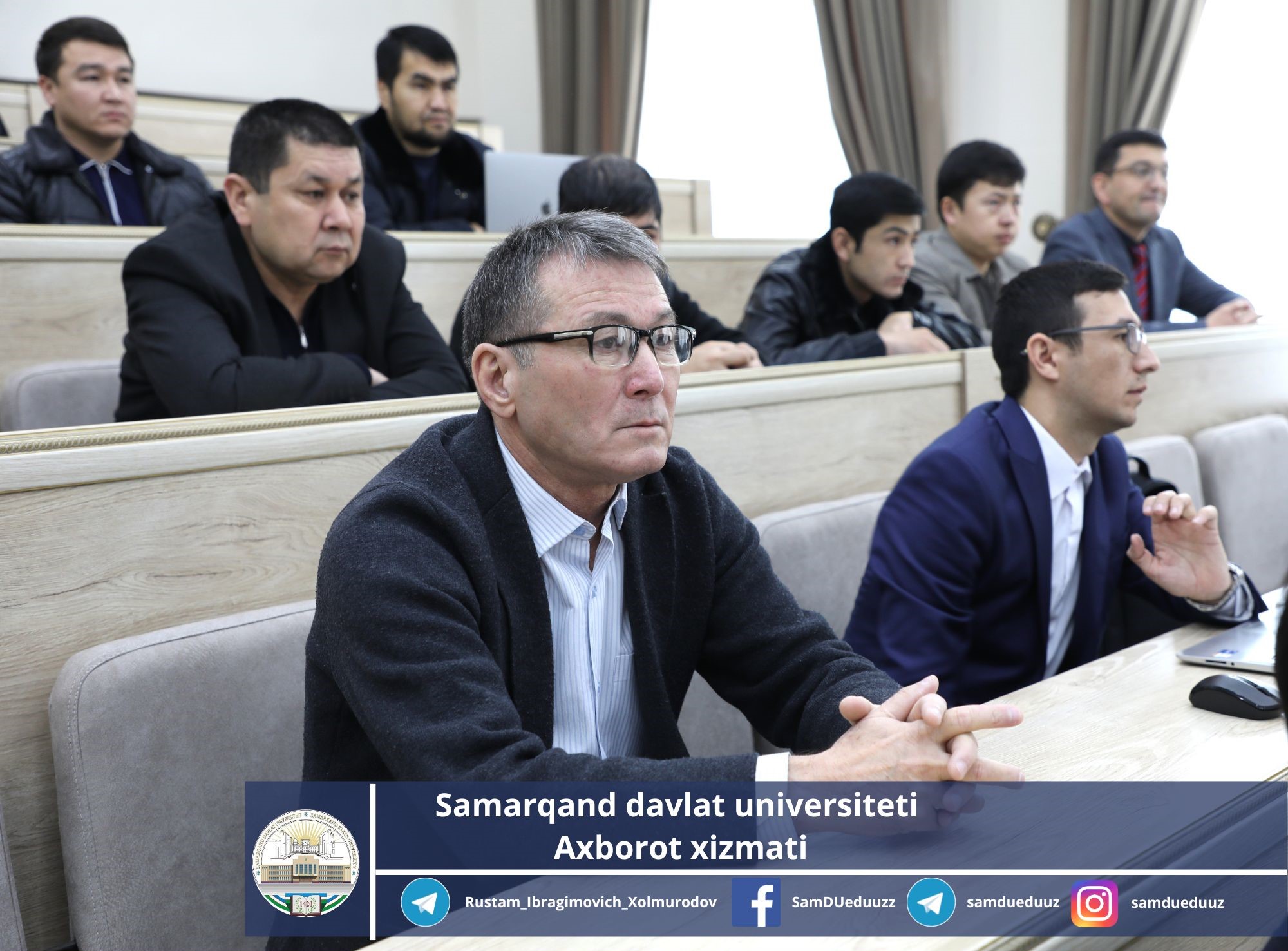
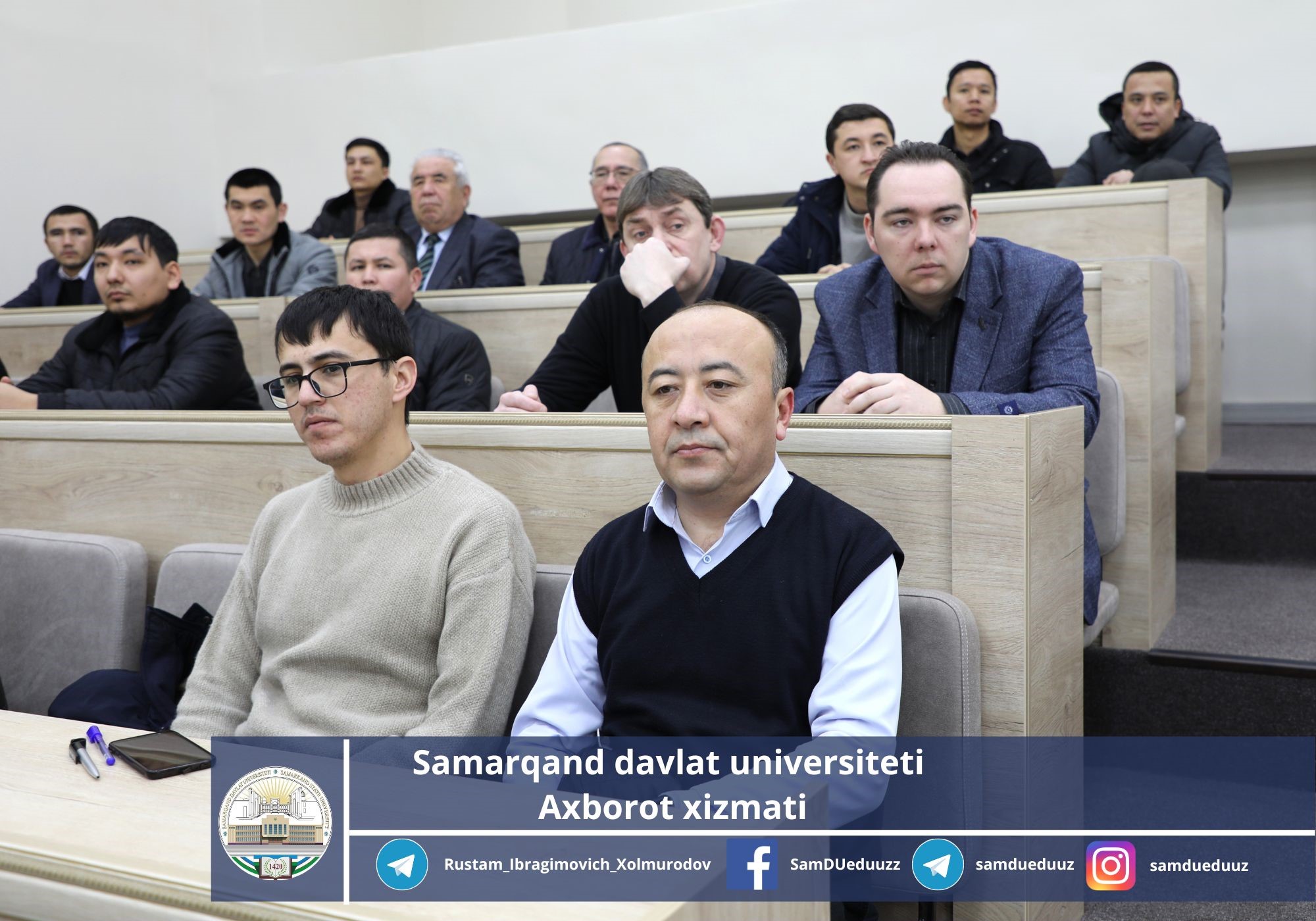
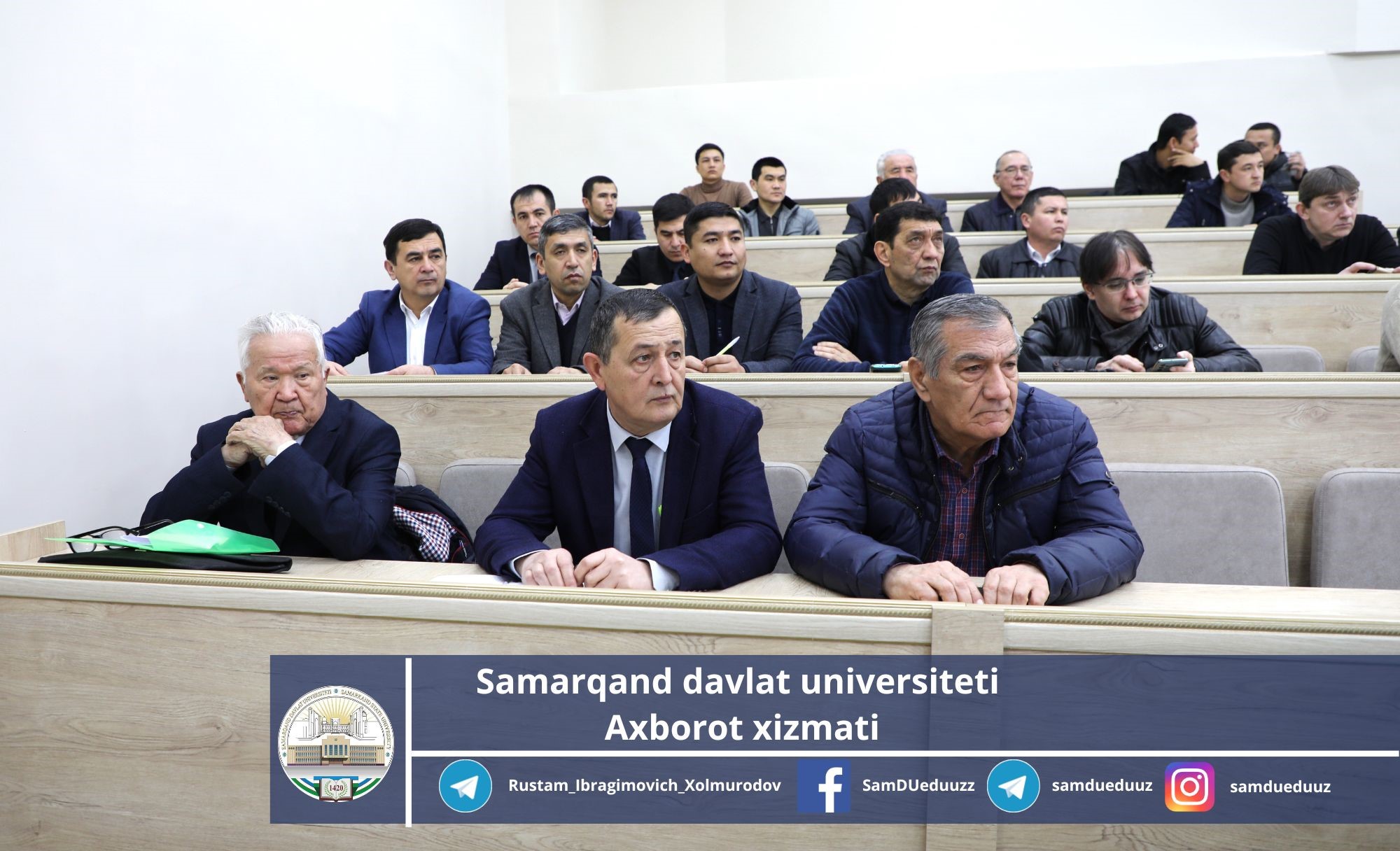
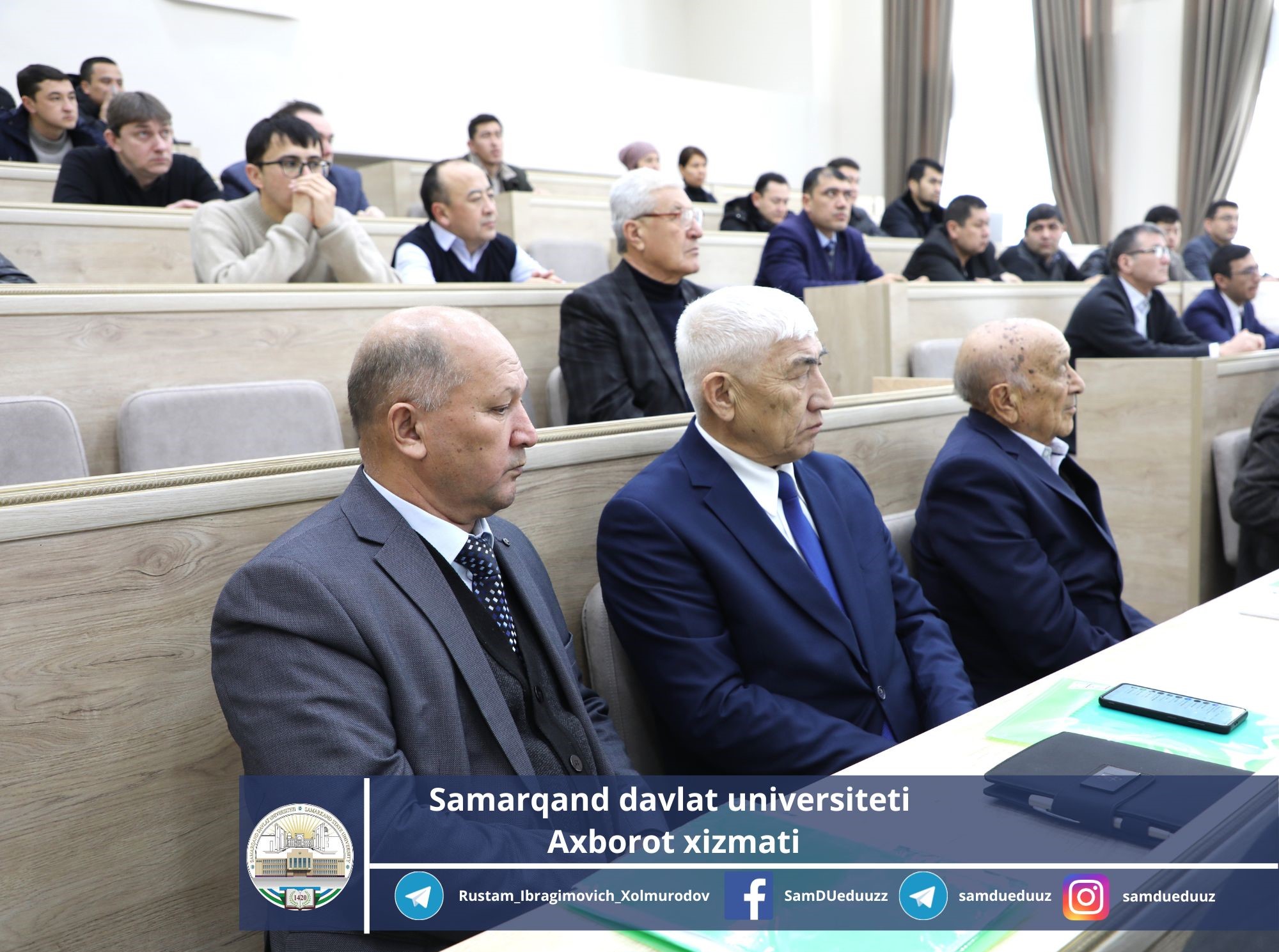
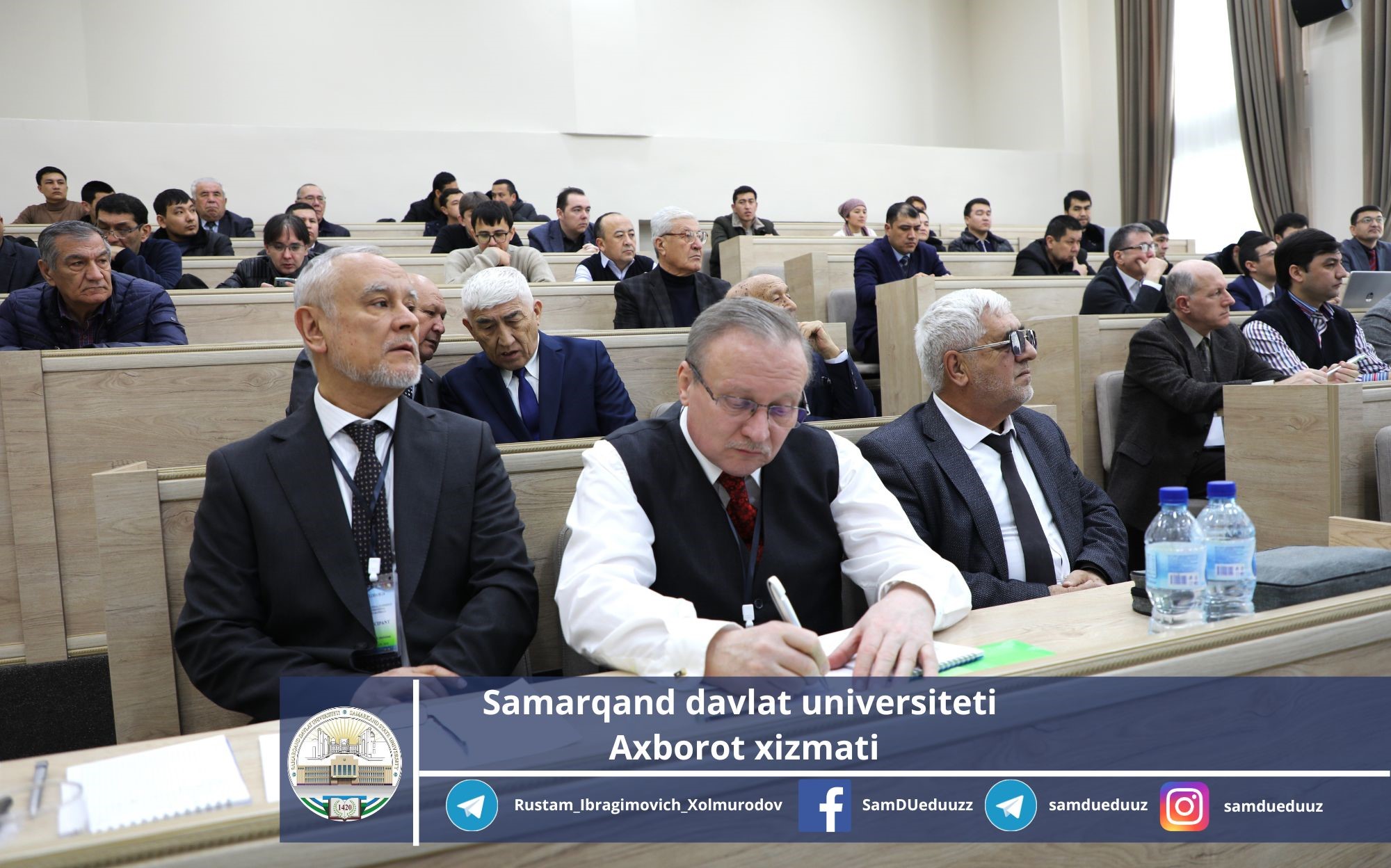
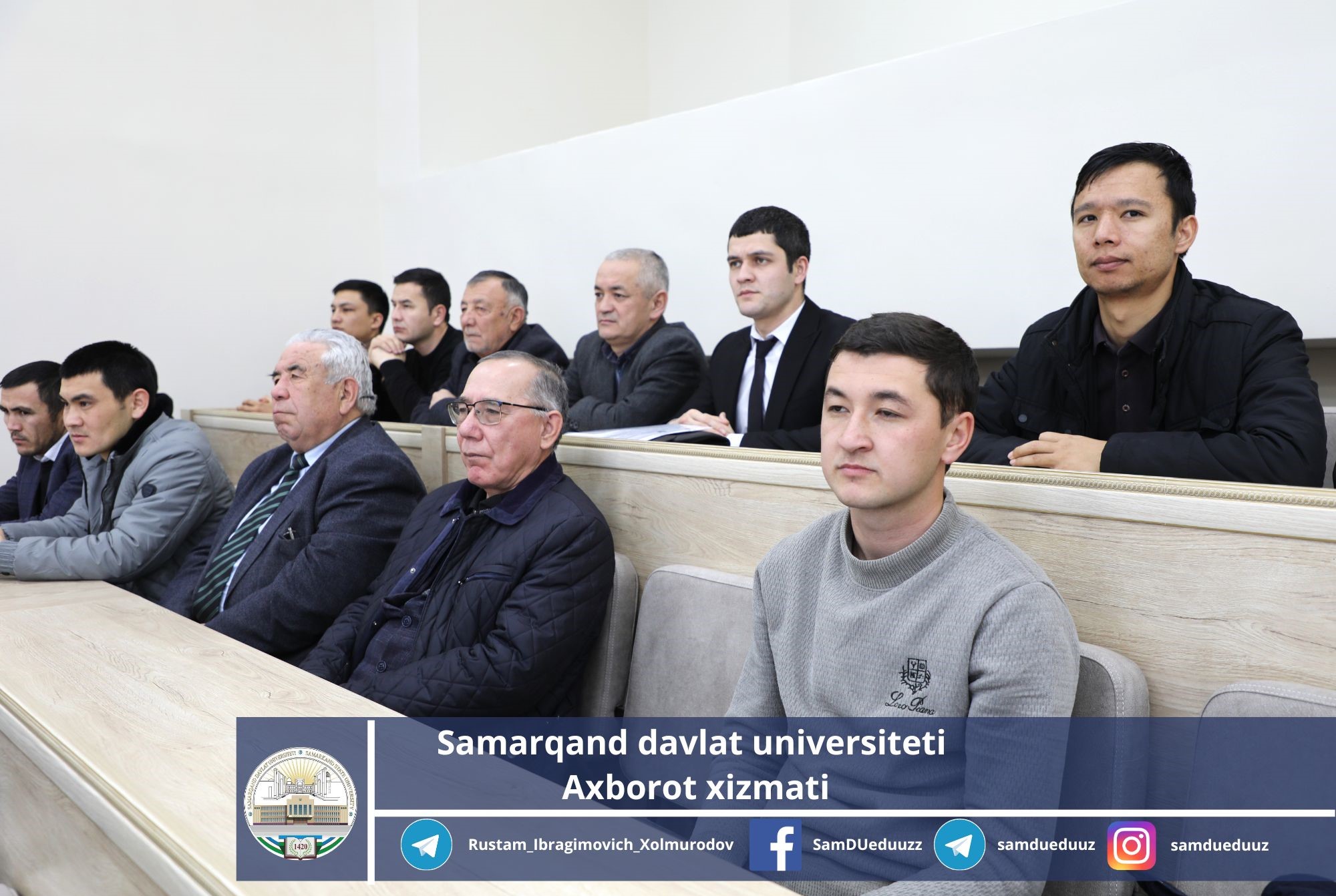
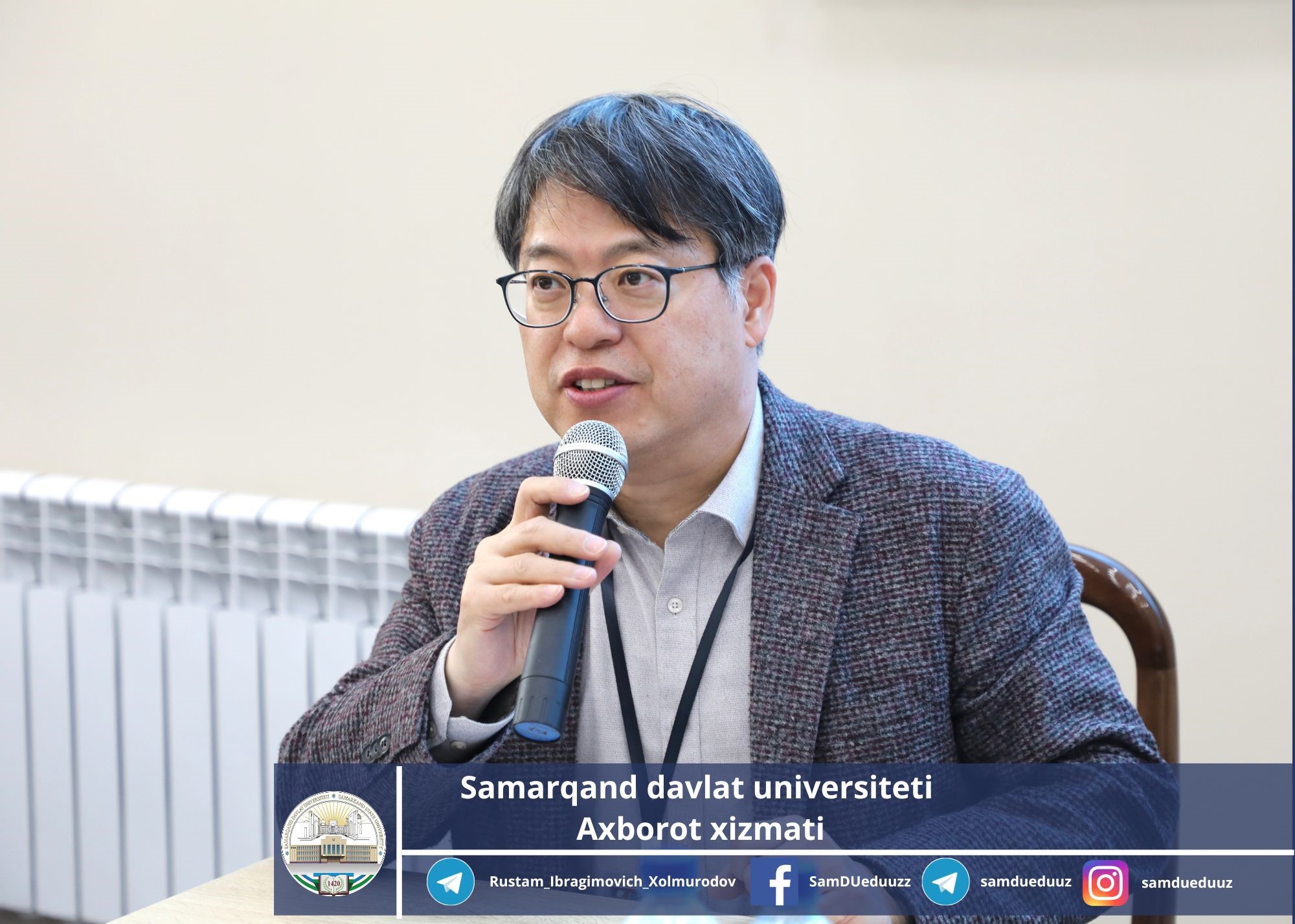
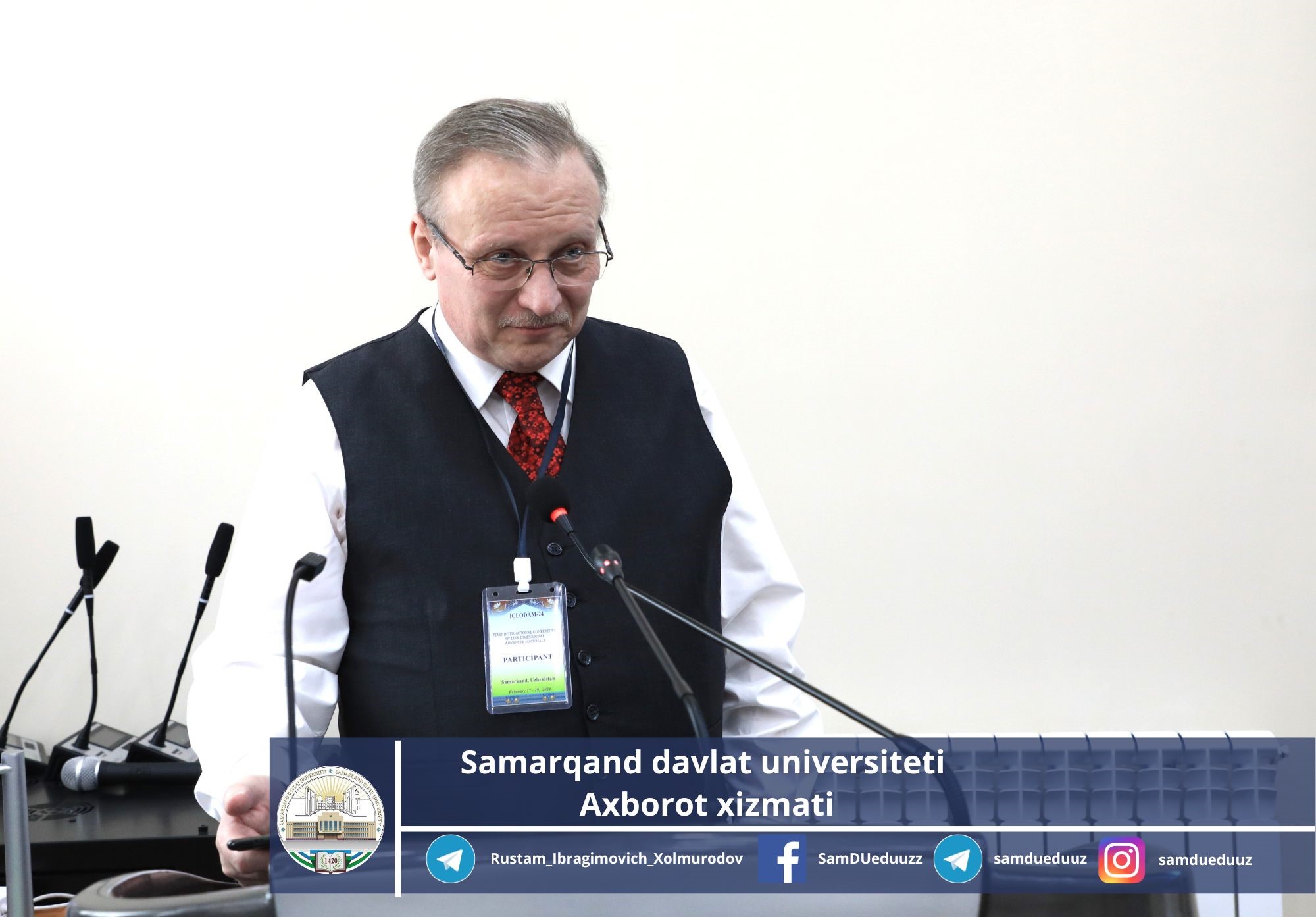
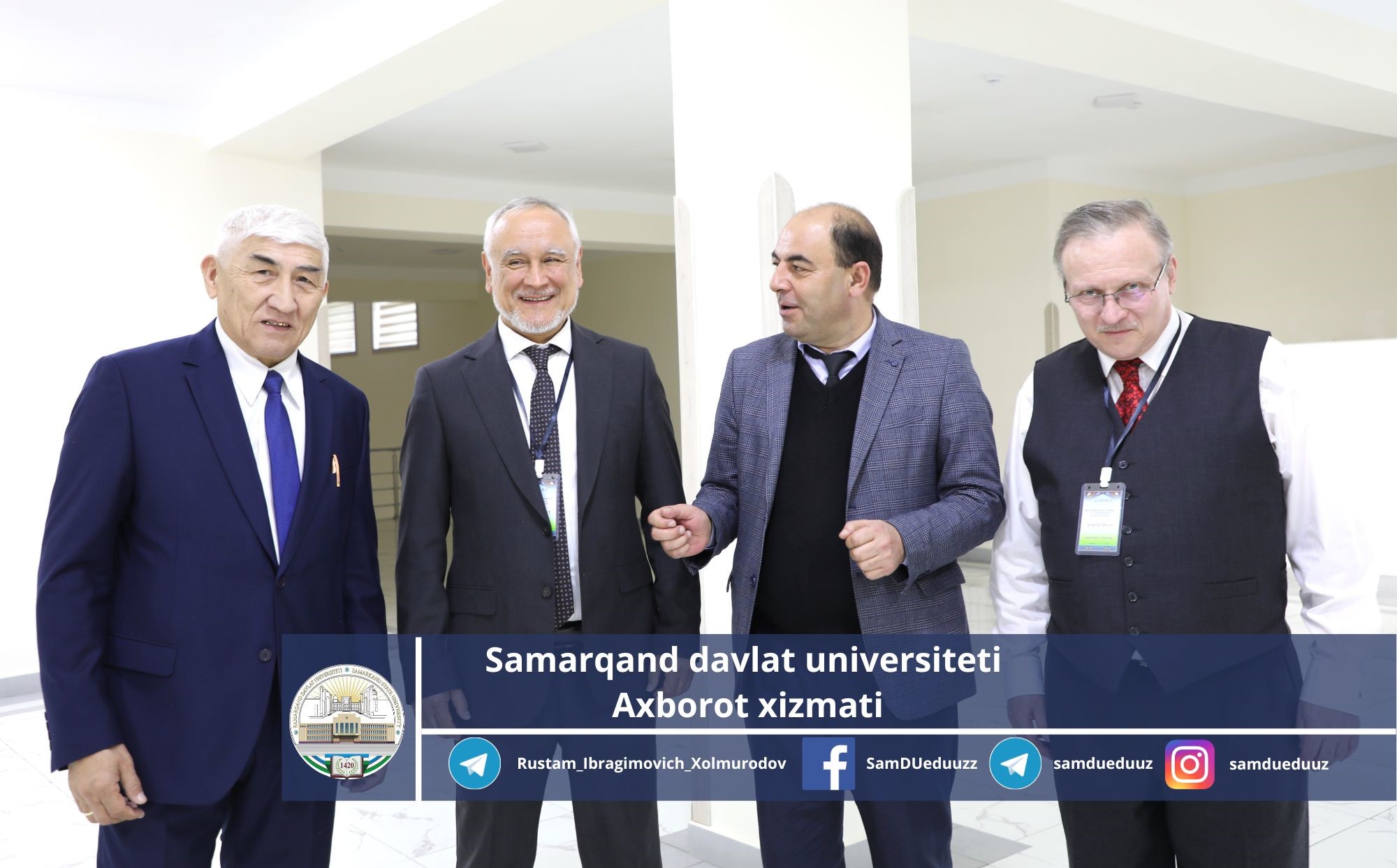
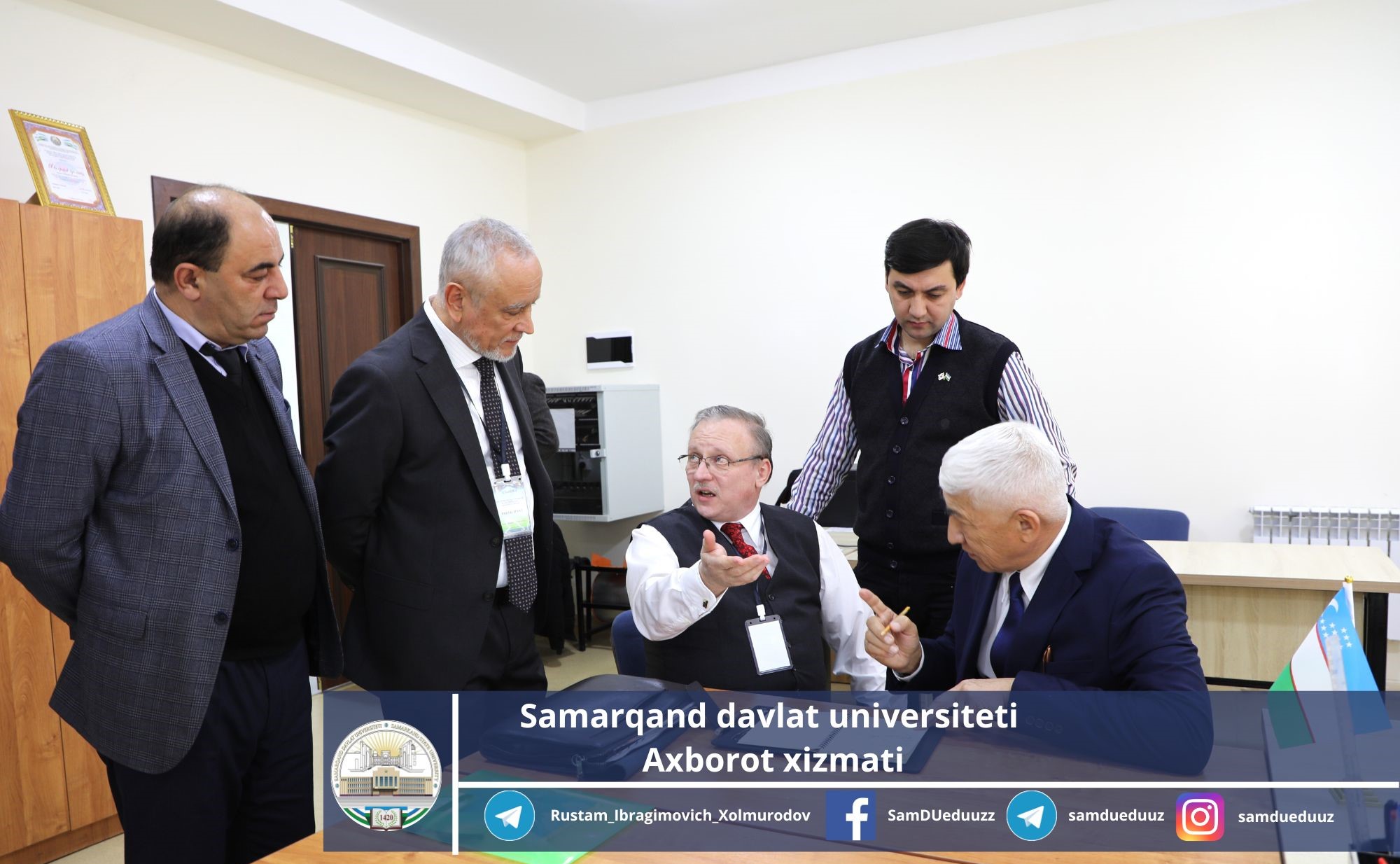
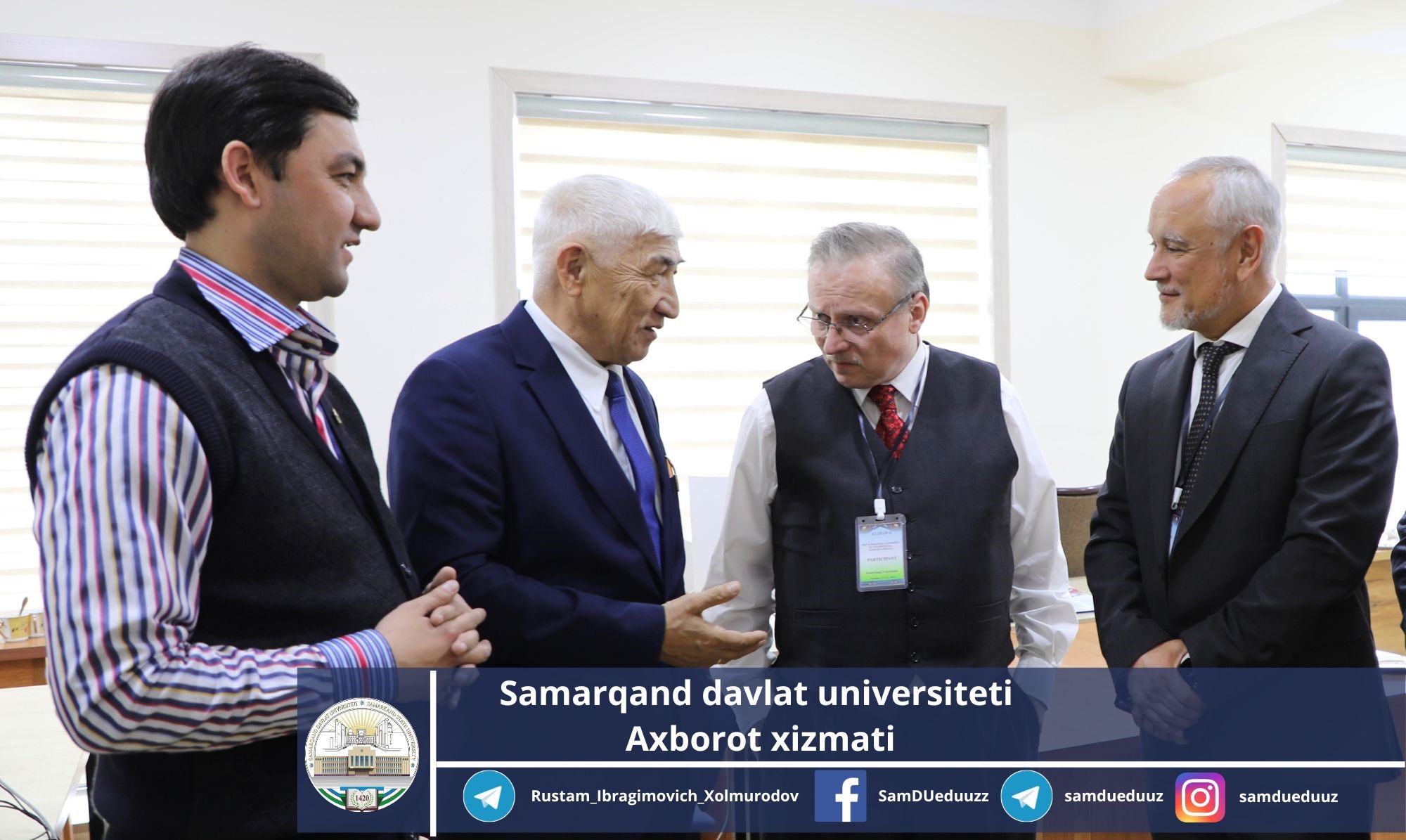
Bekhruz Shamsiddinov,
employee of the information service of
Samarkand State University,
Photos were taken by Shavkat Akramov.

